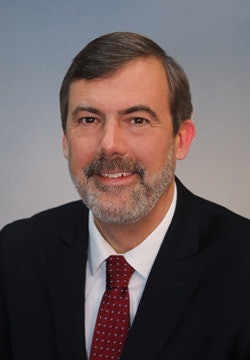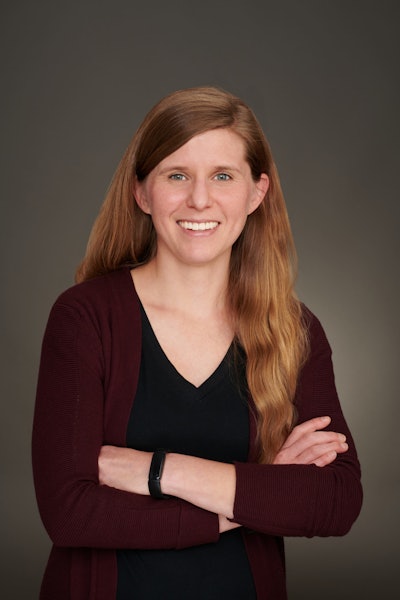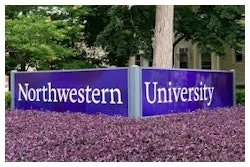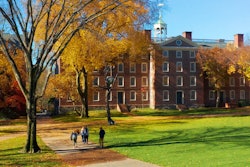When Cazenovia College, a 199-year-old private liberal arts school in upstate New York announced last Wednesday that it would close after the spring semester, sophomore Ally Ruetton was shocked.
“No one thought it was really going to happen,” she said. “I was talking with my professors Monday and Tuesday, and they just kept saying, ‘It's sounding positive.”
Junior Kailee Corlew compared the impact of the news to the sudden onset of the pandemic.
“Nobody really thought this was going to be a real thing,” she said. “Then out of nowhere it changes the whole direction of how we’re going to be thinking and living.”
Students and faculty became aware that Cazenovia might have to close when it defaulted on a $25 million bank loan earlier this fall. But the college’s financial problems had been building for years. In recent years, the student body had decreased 40% from a peak of nearly 1,000, a product of declining college enrollment rates across the country.
“Part of it is concerns about the affordability or value of higher ed,” said Dr. Robert Kelchen, head of the department of educational leadership and policy studies at the University of Tennessee, Knoxville. “Part of it is, it’s just easier to go out and get a decent job at the moment without an education.”
 Dr. David Bergh, president of Cazenovia College
Dr. David Bergh, president of Cazenovia College
“[Getting through the pandemic] became our focus,” said Bergh, “as opposed to executing the programs that we needed to deliver to move forward.”
This year’s economic troubles made it impossible for Cazenovia to refinance its debt.
“It seemed like every market indicator that could go wrong, did go wrong,” said Bergh.
After the default, Bergh and Cazenovia’s other leaders embarked on a desperate search for a way to save the school.
“We were exploring a range of options that included partnerships with other colleges and universities, [or] with the business, medical or social services sector,” said Bergh. “Anything from shared services all the way up to a merger or acquisition.”
Nothing worked out, and it became clear last Tuesday that Cazenovia could not find a solution to its debt problem. On Wednesday morning, the board of trustees voted to close the college.
“Even though I knew what was coming, it was crushing,” said Bergh.
Although prior to 2016, most higher ed closures were of for-profit institutions, Cazenovia is part of a shift in which small, non-profit colleges that rely on tuition revenue have been imperiled.
“[It’s a] trend we’re seeing now of schools that are pretty well-established in their community, but just struggling with enrollment and don’t really have a viable financial way out,” said Dr. Rachel Burns, a senior policy analyst for the State Higher Education Executive Officers Association (SHEEO).
Several other schools fitting that description have closed this year, including Marymount California University, Lincoln College, and the San Francisco Art Institute. Others, like Mills College, merged with bigger institutions.
These closures can have serious consequences for students. When schools shut, fewer than half of the students re-enroll, and only about a third of those who do so complete a degree or credential, according to a recent report by SHEEO and the National Student Clearinghouse Research Center. More than 60% of the students at closed campuses drop out.
The numbers are even more concerning for students from minoritized backgrounds, who, according to Burns, are more likely to attend the sorts of schools that have been closing. Although 41% of white students who experienced an abrupt closure finished their studies elsewhere, only 25% of Black students and 26% of Hispanic students did. The reasons, says Burns, are financial and social. Minoritized students may not have the resources to go through the application process again and may be less likely to have connections who can help them navigate it, such as family and friends. Dr. Rachel Burns, senior policy analyst at SHEEO
Dr. Rachel Burns, senior policy analyst at SHEEO
Teach out agreements, in which shuttering institutions partner with surviving schools to allow students to transfer and retain as many credits and as much financial aid as possible, can help stanch the bleeding.
“[It] really lessens the impact if students can quickly re-enroll in another institution, and it fits seamlessly, said Burns. “[If] it’s just kind of automatic, then we see a pretty high rate of continued enrollment and completion.”
Cazenovia has announced teach out agreements with ten schools and says that more are to come.
“[It’s] the gold standard,” said Burns.
But students are worried that they will not be able to find close matches for what Cazenovia had offered them.
“I was on a really good scholarship here, and I’m concerned that I won’t be able to go somewhere else with the same scholarship,” said Ruetton.
Corlew was anxious about finding another school with her major.
“There aren’t exactly a lot of colleges in my area that offer a full fashion program the way Cazenovia did,” she said.
Corlew hopes to transfer for next fall but is not sure that she can.
“I might have to take a little bit of a hiatus for a semester or two,” she said. “We’re just going to cross that bridge when we come to it.”
Cazenovia’s closing may also be a harbinger of what’s to come for similar schools.
“We expected there to be a lot more closures [in 2021 and ‘22] because of COVID,” said Burns. “But the influx of federal funding from several different bills has really kept institutions afloat.”
That pandemic aid is drying up, however.
“We think it’s just been kicking the can down the road,” said Burns. “We think in ’24, ’25, we’ll start to see a cluster [of closings].”
Bergh hopes that institutions in similar positions will look closely at Cazenovia’s failure.
“I hope schools will study cases like ours and learn strategies to help avoid this circumstance,” he said.
He advised those schools to start exploring creative ways to survive sooner than Cazenovia did. But ultimately, said Bergh, no partnership or program could save Cazenovia from declining enrollment, the pandemic, and the turbulent economy.
“We worked really hard to find a path forward,” he said. “[But] I think our fate had been sealed even before we fully understood it.”
Jon Edelman can be reached at [email protected].


















